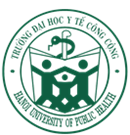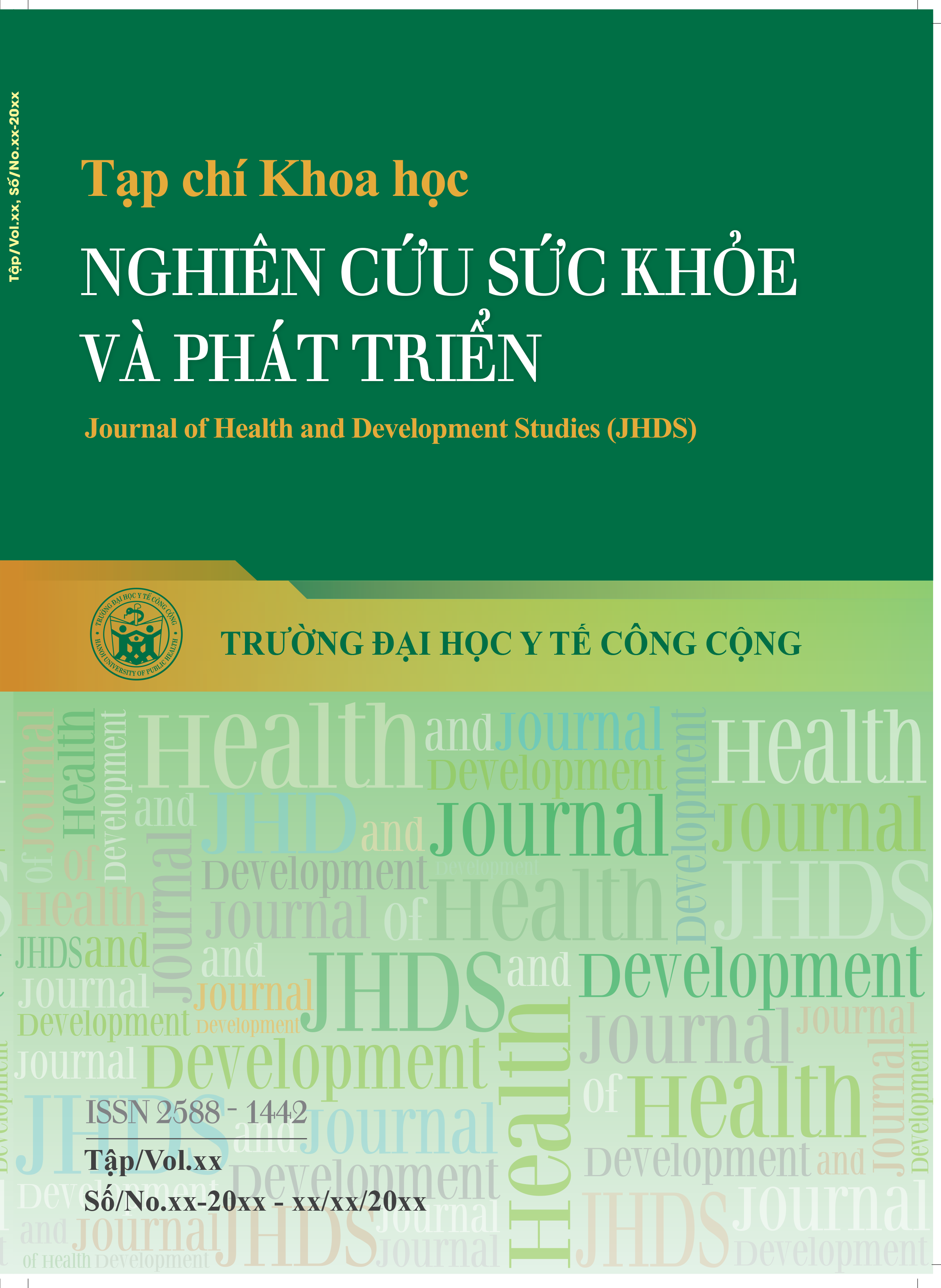Tạp chí
Khoa học Nghiên cứu Sức khỏe và Phát triển
(Journal of Health and Development Studies – JHDS)
Trường Đại học Y tế công cộng
ISSN (Print): 2588-1442
ISSN (Online): XXXX-XXXX
https://jhds.edu.vn
Cost-effectiveness analysis of 2 g of cefazolin compared with 1 g of cefazolin as prophylactic antibiotics in cesarean section at the Mekong Maternity Hospital from 2021 to 2022
- Mã bài báo : SKPT_24_003
- Ngày xuất bản : 29/02/2024
- Số trang : 59-71
- Tác giả : Nguyen Thi Thuy Anh
- Lượt xem : ( 440 )
Danh sách tác giả (*)
- Nguyen Thi Thuy Anh 1 - Mekong Maternity Hospital, Ho Chi Minh City, Vietnam
- Nguyen Phan Thuy Nhien 1 - Department of Pharmaceutical Administration
- Tran Ngoc Thien Phu 2 - Department of Pharmaceutical Administration
- Nguyen Thi Quynh Nga 3 - Department of Pharmaceutical Administration
- Dang Thi Kieu Nga 4 - University of Medicine and Pharmacy at Ho Chi Minh City, Ho Chi Minh City, Vietnam
Objective: To investigate the cost-effectiveness of using the prophylactic antibiotic cefazolin during cesarean section with a dose of 2 g compared to 1 g by clinical practice at the Mekong Maternity Hospital.
Methods: A cost-effectiveness analysis applying a decision tree was conducted to compare the use of cefazolin 2g to cefazolin 1g from a healthcare sector’s perspective. Cost parameters were extracted and calculated from electronic medical records from the Mekong Maternity Hospital, whereas quality-adjusted life-years were derived through literature review. Hospital data were collected retrospectively from January 2021- June 2021 for women prophylactically using 1g of cefazolin and prospectively from January 2022-June 2022 for those treating with 2 g of cefazolin. The Incremental Cost-effectiveness Ratio was estimated to determine whether it is cost-effective between two regimens. Sensitivity analyses were used to examine the robustness of the results.
Main findings: The use of 2 g of cefazolin for prophylactic antibiotics in the cesarean section per each woman was less expensive at 28.353.391 VND compared with 28.410.451 VND for the use of 1 g of cefazolin. Also, it was more effective expressed by higher QALYs at 0,9194 versus 0,9154 in case using 1 g of cefazolin, resulting as the dominant regimen. Cefazolin 2g usage gained a 65.9% probability being more cost-effective than 1 g of cefazolin at the willingness to pay threshold of 3GDP per capita.
Conclusion: The use of 2 g of cefazolin was likely to be dominant over 1 g of cefazolin pertaining to cost-effectiveness terms as a cesarean delivery infection prophylaxis.
- DOI : https://doi.org/10.38148/JHDS.0801SKPT24-003
- Chủ đề : Mô hình sức khỏe, ốm đau, bệnh tật, chất lượng cuộc sống
- Loại bài báo : Nghiên cứu gốc
- Chuyên nghành : Chuyên Ngành Y
 Thông tin liên hệ : Dang Thi Kieu Nga
Thông tin liên hệ : Dang Thi Kieu Nga Email : kieunga@ump.edu.vn
Email : kieunga@ump.edu.vn Địa chỉ : University of Medicine and Pharmacy at Ho Chi Minh City, Ho Chi Minh City, Vietnam
Địa chỉ : University of Medicine and Pharmacy at Ho Chi Minh City, Ho Chi Minh City, Vietnam
Bài báo liên quan
- Cost – effectiveness analysis of hyaluronic acid injection relative to oral medication for knee osteoarthritis treatment at Nguyen Trai hospital in the period of 2022 – 2023
- Inpatient experience and influencing factors at Ho Chi Minh city Blood Transfusion and Hematology hospital in 2022
- Direct non-medical cost and associated factors in treatment of type 2 diabetes with complications at several hospitals in Ho Chi Minh city
- First-year orientation activities for students in School of preventive medicine and public health- Hanoi Medical University in 2022
- Cost-effectiveness analysis of 2 g of cefazolin compared with 1 g of cefazolin as prophylactic antibiotics in cesarean section at the Mekong Maternity Hospital from 2021 to 2022
- Current mortality situation in Bac Ninh province in the period 2017-2020
- Factors affecting quality of life of hemodialysis patients at Binh Phuoc Hoan My hospital, Vietnam
- Direct treatment cost of patients with psoriatic arthritis disease covered by the social health insurance at the National Hospital of Dermatology and Venereology from 2021 to 2022
- Knowledge, attitude, practice of cervical cancer screening and some factors related to practice in women aged 21 - 65 years old in Dan Quyen commune, Trieu Son district, Thanh Hoa province in 2023
- Knowledge, attitude, and practices of mothers with children under 1-year-old regarding post-vaccination care and related factors in Quang Ngai City, Quang Ngai province, 2023
Bài viết mới nhất
- Một số trang web hữu ích đối với các nhà khoa học
- Dành cho chuyên gia
- Tạp chí Khoa học Nghiên cứu sức khỏe và Phát triển duyệt tối đa 1,0 điểm ngành Y trong Danh mục Tạp chí khoa học được tính điểm của Hội đồng giáo sư Nhà nước
- CHÚC MỪNG NGÀY BÁO CHÍ CÁCH MẠNG VIỆT NAM (21/6)
- GS.TS Hoàng Văn Minh - Hiệu trưởng Nhà trường 'lọt top' nhà khoa học có chỉ số trích dẫn hàng đầu thế giới

 File toàn văn
File toàn văn